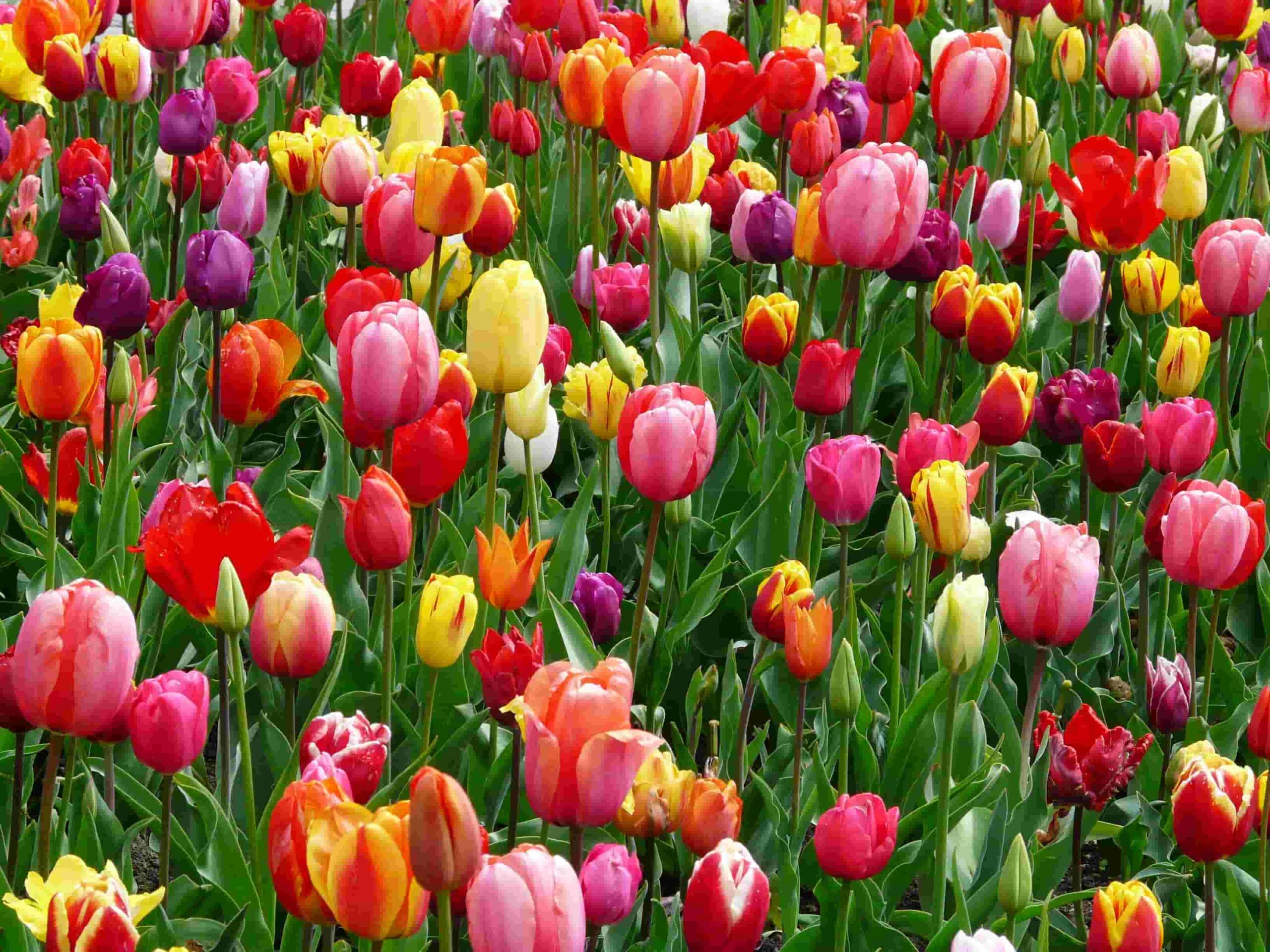Tulips have captivated the hearts of flower aficionados for generations, with their vivid colors and elegant shapes. These beautiful blossoms, which originated in the highlands of Central Asia, have spread across continents, leaving a path of amazement and adoration in their wake. This article delves into the world of these flowers, looking at its history, cultivation, symbolism, and other aspects.
Table of Contents
- 1. Introduction: The Enchanting World of Tulips
- 2. The History of Tulips: From the East to the West
- 3. A Kaleidoscope of Colors: Varieties of Tulips
- 4. Cultivating Tulip: Planting and Care Tips
- 5. Tulip Festivals: Celebrating Nature’s Masterpiece
- 6. Symbolism and Meaning of Tulips
- 7. Health Benefits of Tulip: Beyond Beauty
- 8. Tulip Mania: The Fascinating Tale of a Flower’s Worth
- 9. Tulips in Art and Culture: Inspiring Creativity
- 10. The Role of Tulips in Gardening and Landscaping
- 11. Tulips as Gifts: Expressing Emotions
- 12. Common Pests and Diseases: Protecting Your Tulips
- 13. Sustainability and Tulip Cultivation
- 14. Interesting Facts About Tulips
- Conclusion
- FAQs
1. Introduction: The Enchanting World of Tulips
Tulips, scientifically known as Tulipa, belong to the lily family and are characterized by their cup-shaped flowers and long, slender stems. These perennial plants are renowned for their extensive range of colors, which include shades of red, yellow, purple, pink, and white. The allure of these flowers lies not only in their breathtaking beauty but also in their rich history and cultural significance.
2. The History of Tulips: From the East to the West
The story of these flowers dates back centuries, originating in the Ottoman Empire, where they were cultivated for their ornamental value. Tulips made their way to Europe in the 16th century and quickly gained popularity among the wealthy elite. The Dutch Golden Age saw a tulip craze known as “Tulip Mania,” during which tulip bulbs became highly valuable commodities. Today, the Netherlands remains synonymous with tulip production.
3. A Kaleidoscope of Colors: Varieties of Tulips
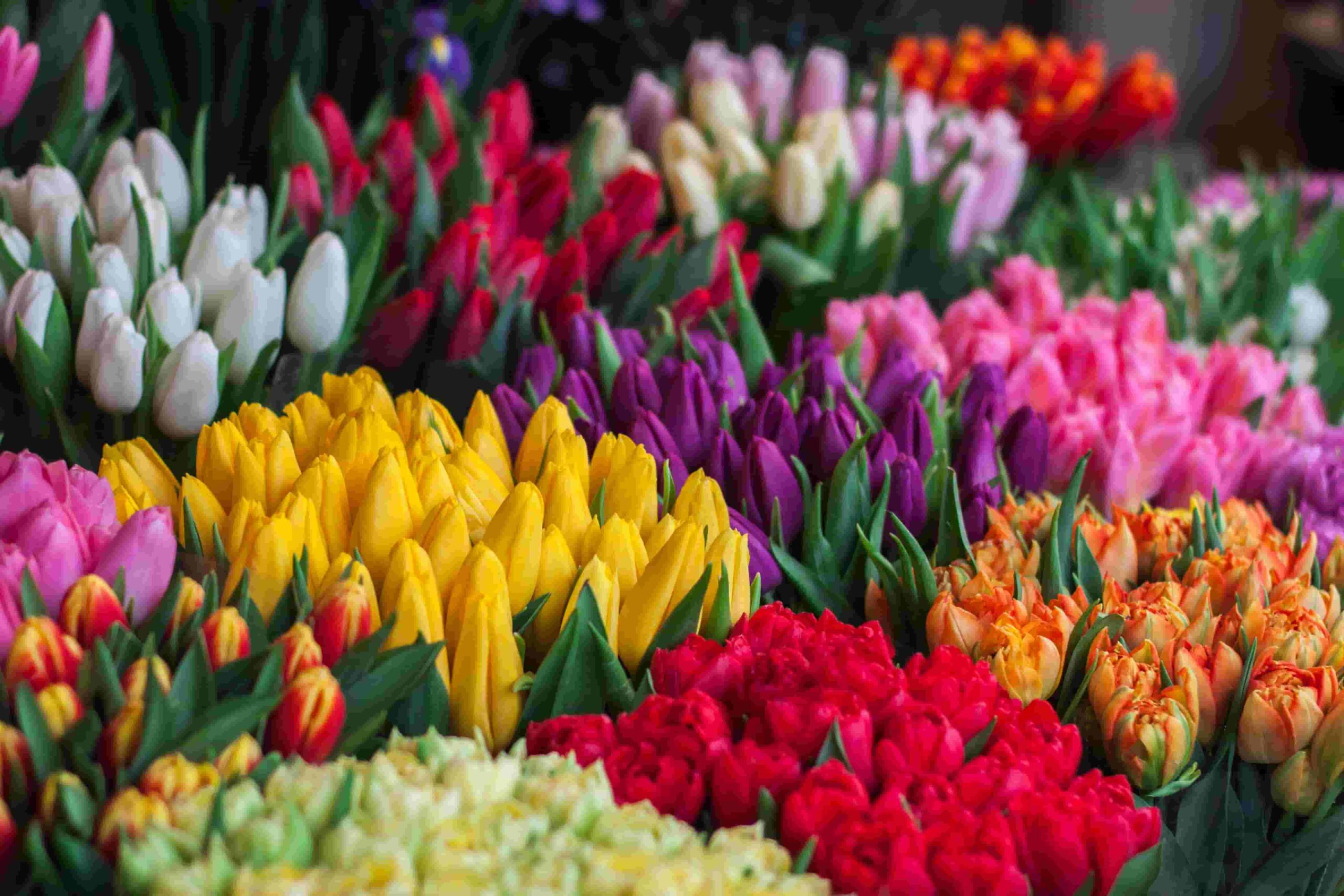
These flowers are available in a wide array of varieties, each boasting its unique color and form. From single and double-petaled tulip to fringed and parrot tulip, the choices are endless. Some popular cultivars include the vibrant “Red Emperor,” the elegant “Queen of Night,” and the striking “Parrot’s Feather.” With careful selection, you can create a tulip garden that blooms with a kaleidoscope of colors.
4. Cultivating Tulip: Planting and Care Tips
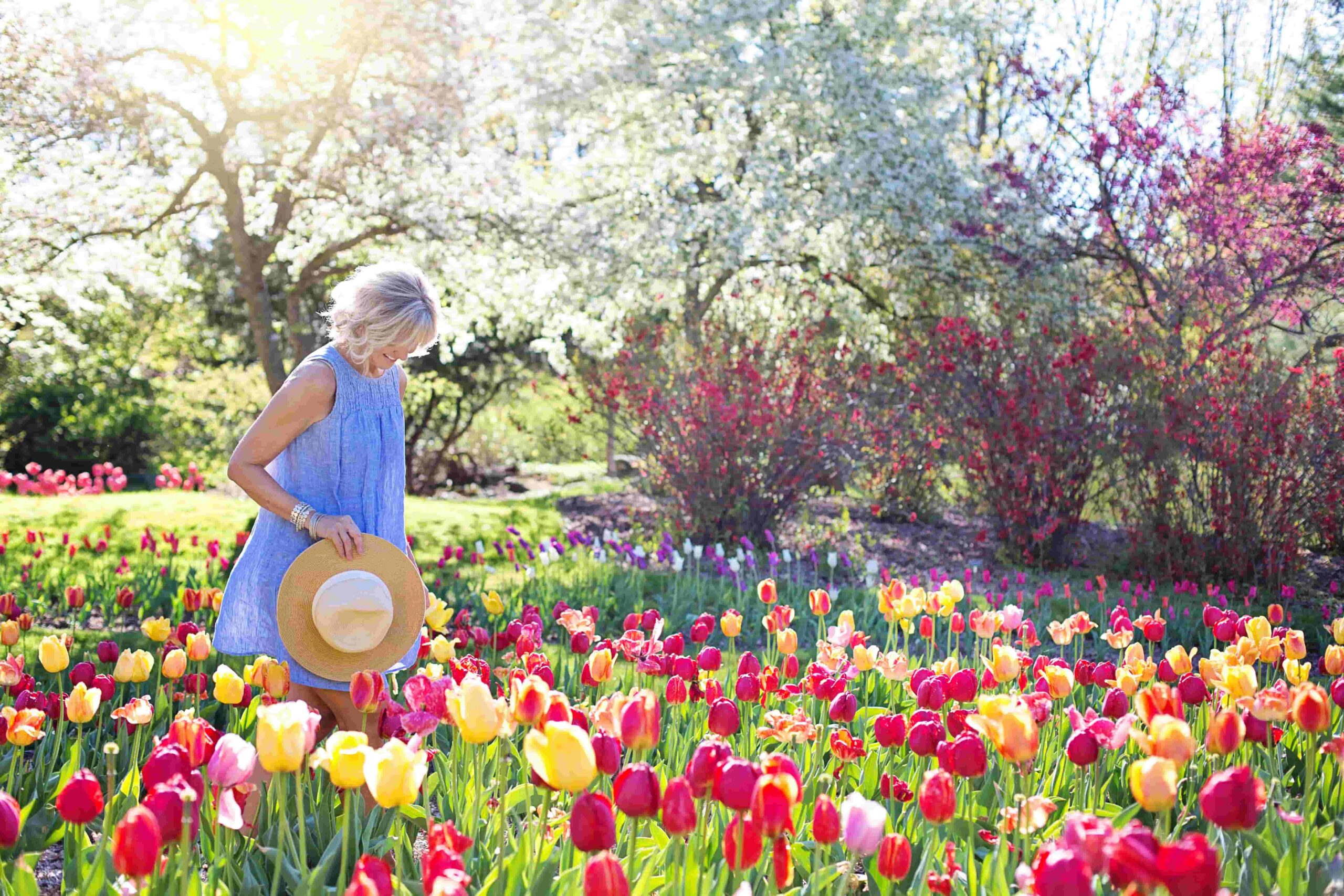
It is important to understand the planting and maintenance needs of tulips in order to grow healthy and beautiful plants. During the fall season, plant tulip bulbs in well-drained soil. They enjoy a cold winter for natural dormancy and flourish in regions with ample sunshine. For maximum growth, they require enough hydration, fertilizer, and protection from pests and pathogens.
5. Tulip Festivals: Celebrating Nature’s Masterpiece
Tulip festivals are conducted all over the world to appreciate the beauty of these wonderful flowers. The world’s most famous tulip festivals are the Keukenhof Gardens in the Netherlands, the Skagit Valley Tulip Festival in the United States, and the Floralia Brussels in Belgium. These activities allow guests to immerse themselves in a stunning display of tulip types and admire nature’s craftsmanship.
6. Symbolism and Meaning of Tulips

These flowers hold significant symbolism and meaning in various cultures. Red tulip symbolize love and passion, while yellow represent cheerful thoughts. Purple tulip convey royalty and admiration, and white symbolize purity and forgiveness. The language of tulips allows people to express a wide range of emotions and sentiments through these captivating blooms.
7. Health Benefits of Tulip: Beyond Beauty
Beyond their visual appeal, tulip also offer several health benefits. Tulip extracts have been used in traditional medicine for their anti-inflammatory and antioxidant properties. These compounds may contribute to reducing the risk of chronic diseases and promoting overall well-being. Additionally, spending time in tulip gardens or viewing tulip arrangements can have a positive impact on mental health, providing a sense of calm and tranquility.
8. Tulip Mania: The Fascinating Tale of a Flower’s Worth
The phenomenon of Tulip Mania in the 17th century is a remarkable chapter in the history of tulips. During this period, tulip bulbs reached extraordinary prices, and speculation in the tulip market became rampant. Eventually, the tulip market collapsed, resulting in financial losses for many. Tulip Mania serves as a cautionary tale about the dangers of speculative bubbles and the unpredictable nature of markets.
9. Tulips in Art and Culture: Inspiring Creativity
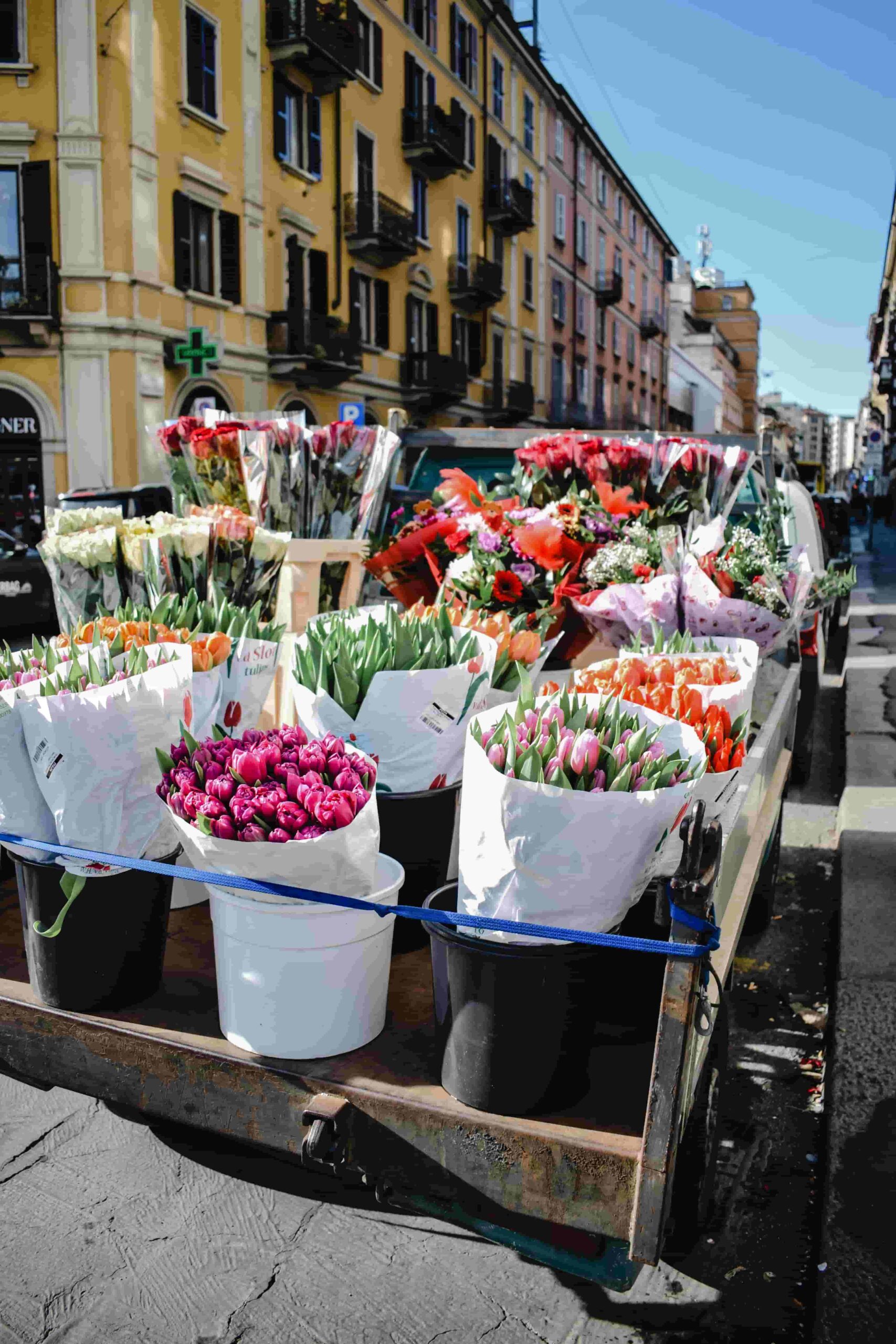
Tulips have been a subject of inspiration for artists, poets, and writers throughout history. From the paintings of the Dutch Masters to the poetry of William Wordsworth, these flowers have left an indelible mark on the world of art and culture. Their vibrant colors and graceful forms continue to evoke creativity and serve as muses for countless artistic expressions.
10. The Role of Tulips in Gardening and Landscaping
These flowers play a vital role in gardening and landscaping, adding bursts of color and elegance to outdoor spaces. Whether planted in flower beds, borders, or containers, tulips create stunning focal points. They can be combined with other spring-blooming flowers to create visually striking displays. With proper planning and selection, these flowers can transform any garden into a vibrant and inviting sanctuary.
11. Tulips as Gifts: Expressing Emotions
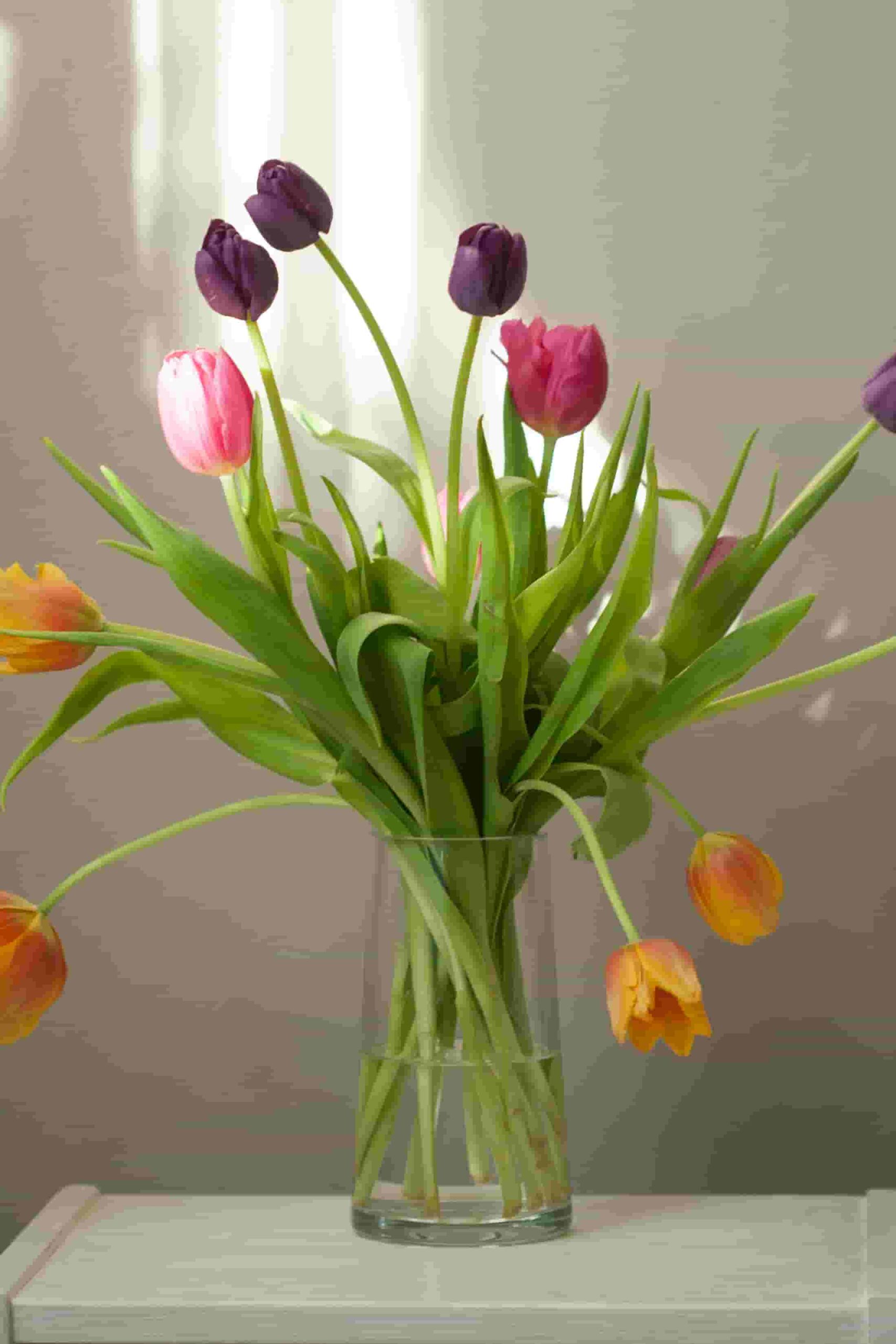
Tulips make enchanting gifts, allowing individuals to convey their emotions and sentiments in a meaningful way. Whether it’s a bouquet of red tulip flowers to express love or a bunch of yellow tulip flowers to brighten someone’s day, these blooms carry a heartfelt message. These flowers are a popular choice for birthdays, anniversaries, and other special occasions, symbolizing affection, admiration, and friendship.
12. Common Pests and Diseases: Protecting Your Tulips
While tulip plants are generally hardy plants, they can be susceptible to certain pests and diseases. Aphids, slugs, and bulb-rotting fungi are among the common culprits that can affect the health of tulips. Taking preventive measures such as regular inspection, proper soil drainage, and appropriate pest control techniques can help protect your tulips from these potential threats.
13. Sustainability and Tulip Cultivation
Sustainable practices play a crucial role in tulip cultivation. From responsible sourcing of bulbs to eco-friendly pest control methods, sustainable approaches ensure the long-term viability of tulip production. Efforts are being made to reduce the environmental impact of tulip farming and promote biodiversity conservation. By supporting sustainable tulip growers, individuals can contribute to the preservation ofnature and the continued availability of these mesmerizing flowers.
14. Interesting Facts About Tulips
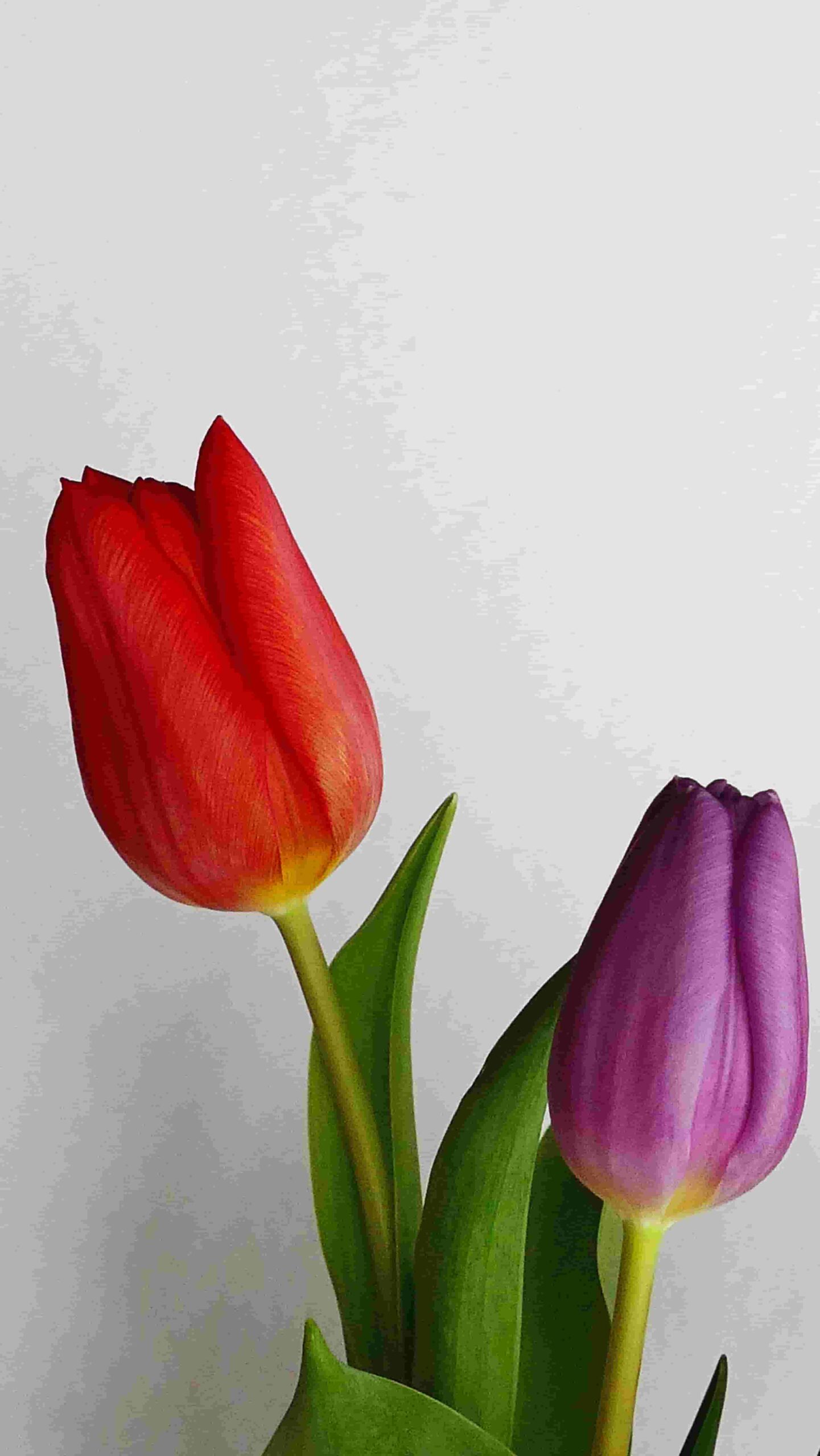
- Tulips belong to the lily family, Liliaceae, and are native to Central Asia.
- The word “tulip” is derived from the Persian word “delband,” meaning turban, which describes the shape of the flower.
- There are over 3,000 registered tulip varieties.
- The Netherlands is the largest producer and exporter of tulips in the world.
- Tulip can continue to grow even after being cut and placed in a vase.
- Some tulip bulbs can survive extreme temperatures, even freezing conditions.
- Tulip petals are edible and can be used in salads or as garnishments.
- The lifespan of a tulip flower is typically one to two weeks.
- Tulips are one of the few flowers that continue to grow towards the light after being cut.
- The black tulip is not a naturally occurring color but rather a deep, dark shade of purple.
Conclusion
Tulips, with their captivating beauty, rich history, and cultural significance, have established themselves as one of nature’s most beloved creations. From their humble beginnings in Central Asia to their global prominence today, these enchanting blooms continue to inspire awe and fascination. Whether adorning gardens, brightening bouquets, or serving as symbols of love and admiration, tulips hold a special place in the hearts of flower enthusiasts worldwide.
FAQs
Are tulips only available in the spring?
While spring is the peak season for tulips, some varieties can bloom in late winter or early summer, depending on the climate.
Can I grow tulips in containers?
Yes, tulips can be successfully grown in containers as long as they receive adequate sunlight, proper drainage, and the necessary care.
Do tulips require a lot of maintenance?
Tulips are relatively low-maintenance plants. However, they require regular watering, protection from pests, and bulb division every few years to maintain optimal growth.
Can I store tulip bulbs for future planting?
Yes, tulip bulbs can be stored and replanted in subsequent seasons. It is important to store them in a cool, dry place to prevent rotting.
Can tulips grow in warm climates?
Tulips are native to colder regions, but with proper care and refrigeration of bulbs, they can be grown in warmer climates. However, they may not bloom as prolifically as in cooler regions.

